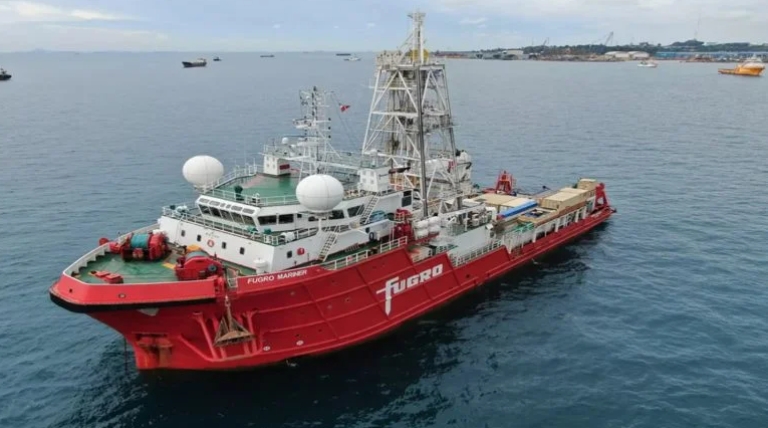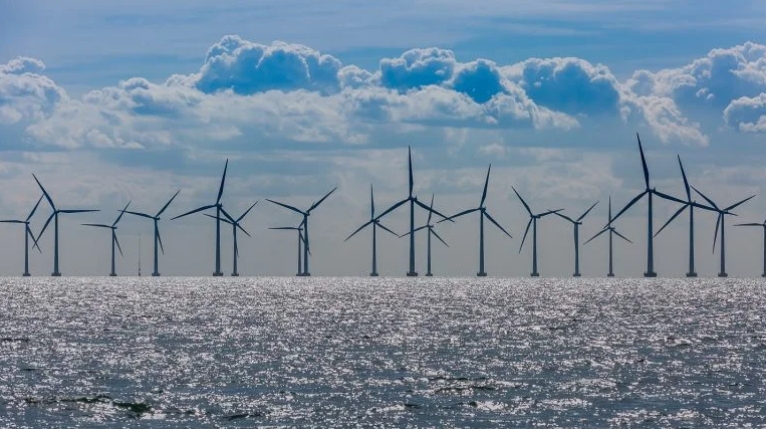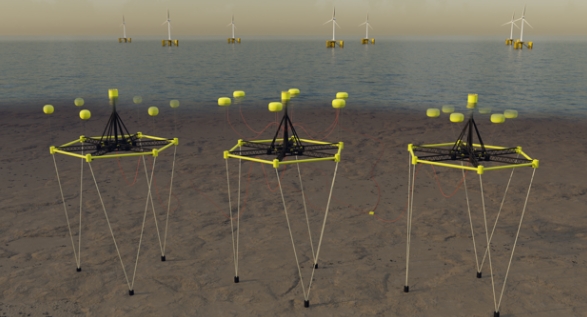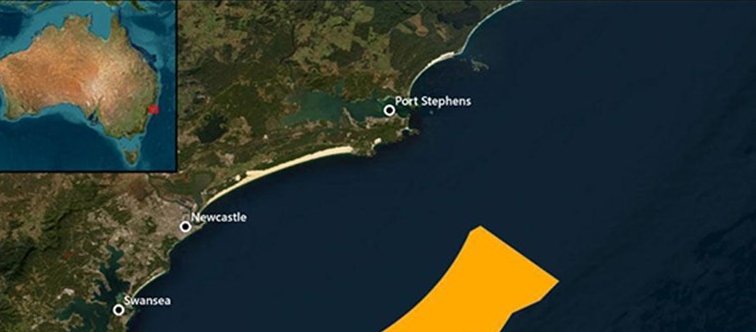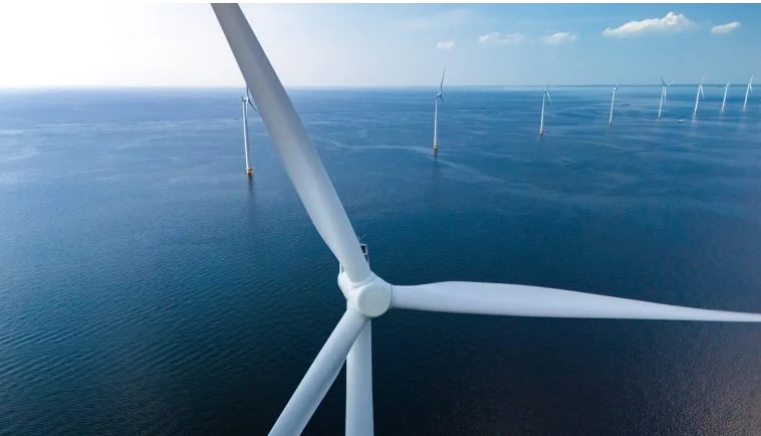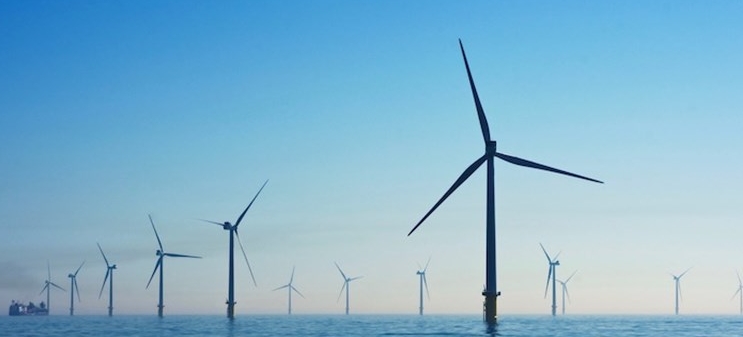With upwards of 80% of all EVs projected to use permanent magnet synchronous motors (PMSMs) in the years ahead, the rapid rise in EV sales will fuel a 350% increase in demand for rare earths used in EV traction motors between 2018 and 2025, and a further 127% increase in demand between 2025 and 2030, according to the forecast.
In general, Adamas notes, the amount of NdFeB used in a PMSM is a factor of the motor’s peak power (in kilowatts). Since 2010, the sales-weighted-average EV motor’s power has increased steadily, fueling a rise in NdFeB consumption per EV that Adamas expects will continue.
Adamas Intelligence estimates that, on average, a PMSM for an EV contains approximately 1.2 kg of NdFeB magnets per 100 kW of peak motor power yielded. During production of this 1.2 kg of NdFeB magnets, Adamas estimates that an additional 0.4 kg of NdFeB alloy is diverted to waste streams during casting, crushing, milling, sintering, cutting, grinding, coating and inspection of the final magnets, and as such, a total of 1.6 kg of NdFeB alloy is consumed per 100 kW of peak motor power.
To produce 1.6 kg of NdFeB alloy requires approximately 0.5 kg of rare earth metal inputs (primarily NdPr with lesser Dy and minor Tb), plus an additional 15 to 20% to compensate for losses incurred during production of NdPr metal and Ferro-Dy alloy input materials, bringing total consumption to approximately 0.6 kg of rare earth metals per 100 kW of peak motor power.
To produce 0.6 kg of rare earth metal inputs requires an initial 0.7 kg of rare earth oxides—i.e., in total, every 100 kW of PMSM power produced globally creates demand for approximately 0.7 kg of rare earth oxides.
In the next decade, rapid demand growth will challenge the ability of the supply-side to keep up, particularly for neodymium, praseodymium and dysprosium, with global annual demand for these elements expected to increasingly exceed global annual production in the years after 2020, resulting in the depletion of historically-accumulated inventories and, ultimately, shortages if the market continues on a path of business as usual.
